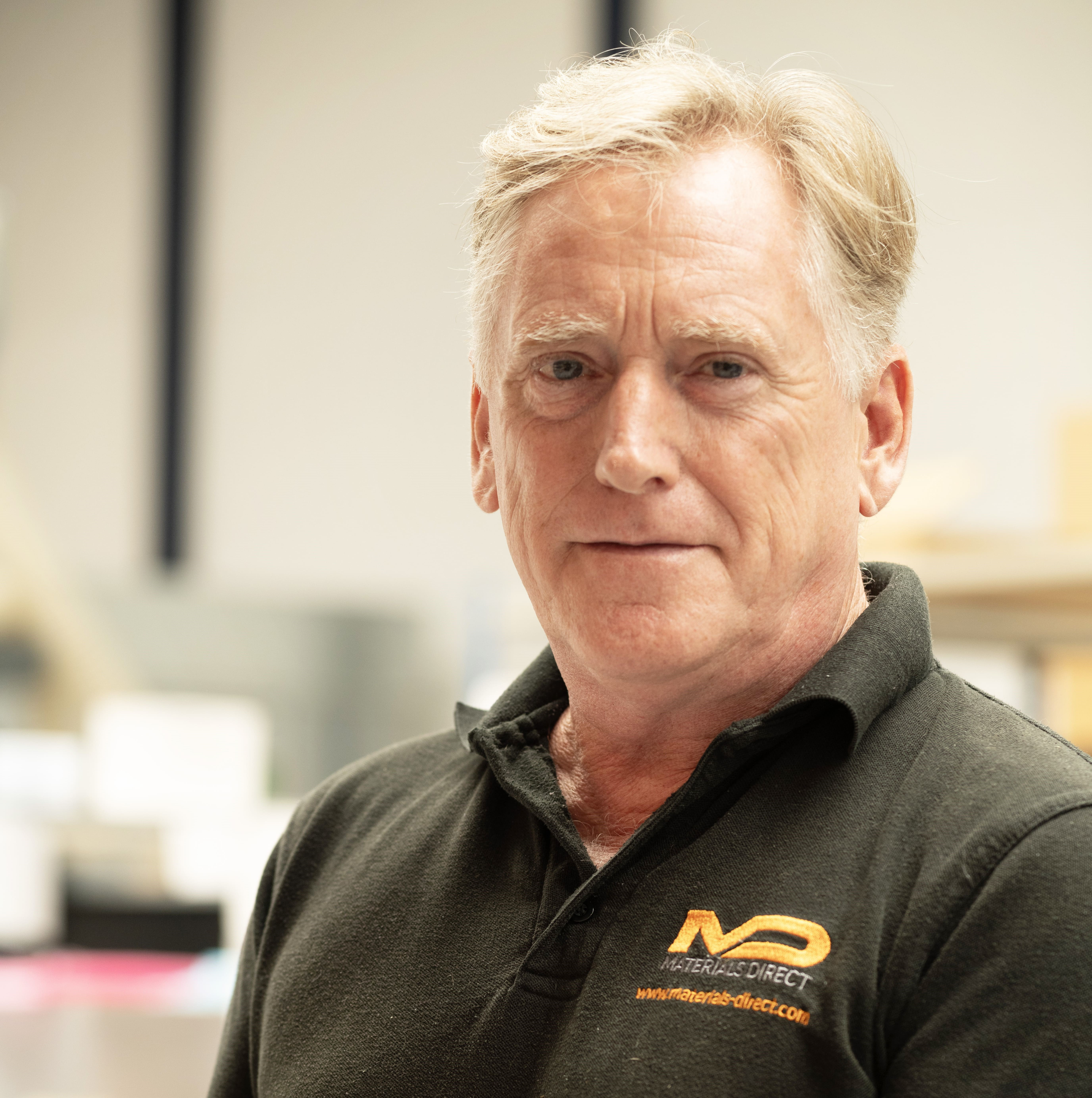30 Years of Navigating Thermal Management Challenges
Insights | 19-08-2024 | By Jack Pollard

Thermal management has long been a crucial aspect of electronic design, and few understand its challenges better than James Stratford, founder and MD of Universal Science and Materials Direct. With over 30 years of experience in the sector, Stratford has witnessed significant shifts in electronic component technology and the emergence of new applications that demand innovative thermal solutions. In this Q&A, Stratford shares his perspective on how these challenges have evolved over the decades and offers his thoughts on what lies ahead for the industry.
Q1: What keeps thermal management interesting after 30 years in the field?
James Stratford: The diversity of products and applications that require thermal management is what keeps my job fascinating. Whether it's space technology or everyday coffee machines, the need to manage heat generated by electronics is universal and enduring. I have the unique opportunity to guide innovative products from the early design stages, although sometimes I step in later when engineers face unexpected heat issues.
The transformation in electronic component and circuit design over the years is remarkable. Today, we have handheld, battery-powered devices with computing power that once required room-sized systems. Despite advances in efficiency and power consumption, the challenges of thermal management persist—they've simply changed in nature.
Q2: How have changes in electronic component technology impacted thermal management?
James Stratford: The trend toward smaller semiconductor packages has made effective heat management more critical than ever. Passive cooling methods, such as conduction, are increasingly favored over active systems like fans, particularly in portable, battery-powered equipment. This shift has driven the popularity of evolving conduction techniques, including thermal pads and phase change materials, especially in environments that demand sealed electronics.
Q3: What emerging applications pose new challenges in thermal management, and how are they being addressed?
James Stratford: The rise of electric vehicles (EVs) and their infrastructure has introduced some of the most demanding thermal management challenges we've seen. EV batteries and drive electronics require robust solutions to manage high power, reduce fire risks, mitigate RFI interference, and ensure environmental sealing. The need for ultra-lightweight materials that can withstand vibration and impact adds another layer of complexity.
Another area under the spotlight is data centers. The surge in data processing, driven by AI and big data, has led to increased power density and, consequently, more heat to manage. In these environments, maintaining thermal efficiency within limited physical spaces is a growing challenge.
Q4: What changes have you seen in materials and processes for thermal management?
James Stratford: Back in the day, thermal grease on a mica barrier was the go-to solution for heat dissipation. Today, the landscape is far more advanced. High computing rates in CPUs, for instance, present significant thermal challenges. Surface mount components, which emerged long ago, have built-in 'thermal footprints' that allow them to be thermally coupled to insulated metal printed circuit boards (IMPCBs). This innovation has transformed the PCB itself into a heat spreader.
Additionally, ultra-high thermally conductive gap-filling pads, initially developed for laptop computers, have evolved to address a wide range of challenges. These pads are now critical in applications where mechanical tolerances need to be managed to ensure effective thermal coupling.
Q5: Thermal management is often seen as a 'dark art' in electronics. Do you think this perception is changing?
James Stratford: The smart design engineer considers thermal management from the outset of a project. However, it's still common for thermal issues to be addressed late in the design process, which can lead to costly and space-constrained solutions that may not achieve the desired thermal performance.
In-depth thermal management knowledge is often acquired 'on the job' by electronics or mechanical design engineers. This highlights the ongoing need for companies that not only provide thermal management products but also offer expert guidance. I believe that thermal management should be prioritized alongside other key aspects of electronic product development, modeled, and established early in the design phase.
Conclusion:
James Stratford's extensive experience in thermal management offers valuable insights into the evolving challenges and solutions in this critical field. As electronic components continue to shrink and new applications emerge, the need for innovative thermal management strategies will only grow. By considering these challenges early in the design process, engineers can ensure the reliability and efficiency of their products in an increasingly demanding market.
 James Stratford, founder and MD of Universal Science and Materials Direct
James Stratford, founder and MD of Universal Science and Materials Direct

